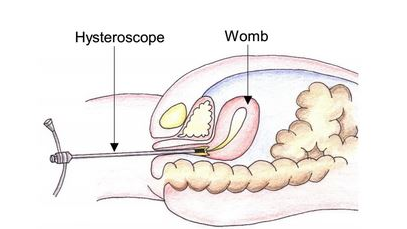An endometrial ablation is a common gynaecological operation, used to remove the lining of your uterus (womb). The procedure is often undertaken to help relieve the symptoms of heavy periods (menorrhagia), to reduce bleeding and pain. The operation is not recommended for women who still want children. However, even if your periods stop, there is still a risk of becoming pregnant.

What are the benefits of the surgery?
After a hysteroscopic endometrial ablation, the majority of women report a reduction in their periods. For some women, periods are stopped altogether.
Are there any alternatives to surgery?
Before turning to surgery, heavy periods can often be treated using a variety of oral medications or oral contraceptives, or by using an IUD (intra-uterine device, also known as a contraceptive coil).
Procedure
Your gynaecologist will pass a hysteroscope (a telescope with a camera) through your vagina, across your cervix into your womb. They will pass fluid through the telescope to swell your womb (see figure 1) in order to get a better view of the uterus. The gynaecologist will then use heat sources, such as electricity or laser energy, to remove the lining of your womb. They will also remove any polyps or small fibroids they find, often a cause of heavy menstrual bleeding. The operation is usually performed under a general anaesthetic and usually takes about 30 minutes to complete.
How long will it take to heal?
You should be able to go home the same day and return to your normal activities after two to four days. Most women feel able to return to work after about a week. You are likely to experience some bleeding or discharge for up to four weeks. Regular exercise should help you to return to normal activities as soon as possible. However, before you start exercising, ask your consultant for advice about what might be appropriate.
